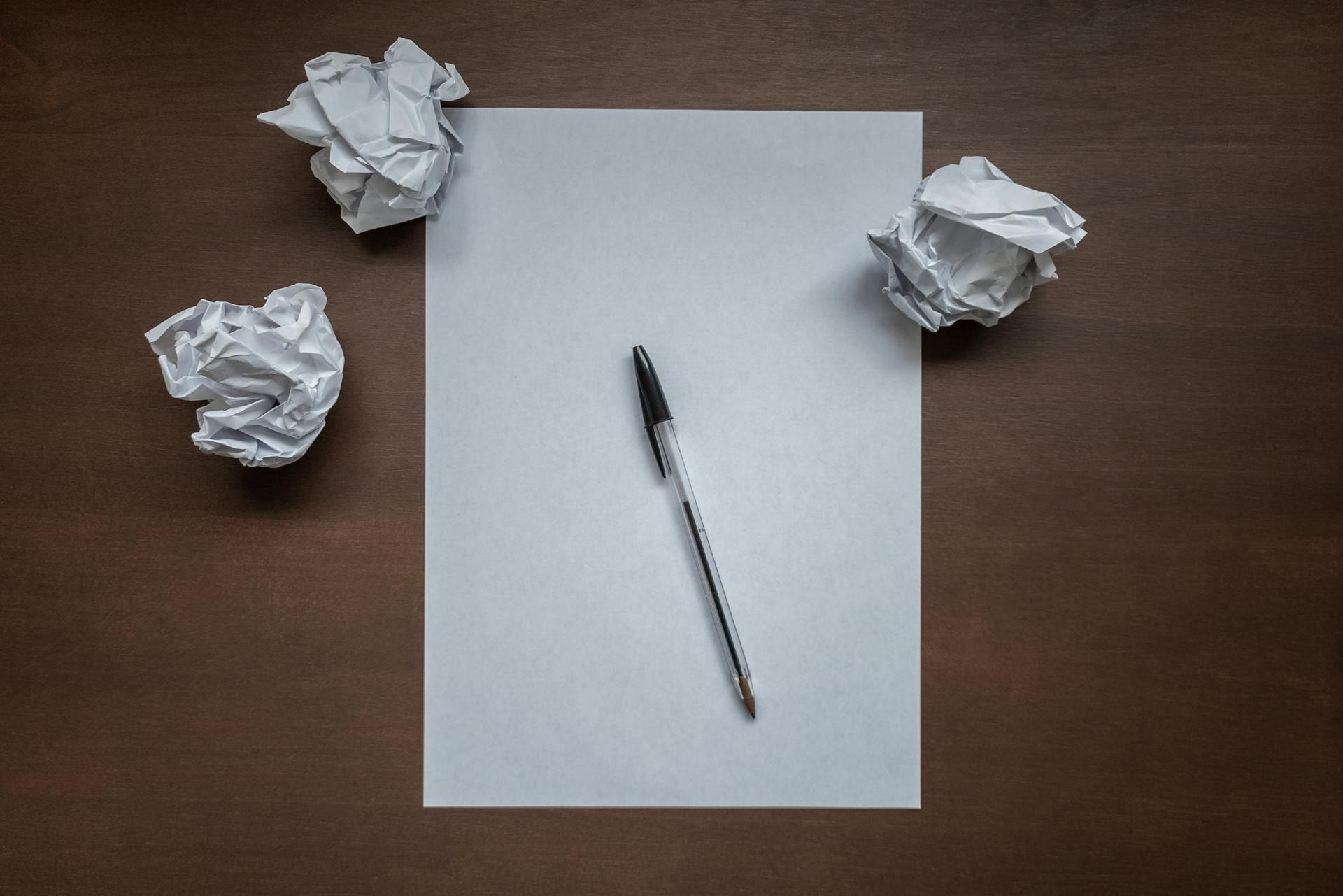Over the years, I’ve learned a hard truth: inspiration doesn’t always strike when you need it. You show up at the keyboard or behind the camera and… nothing. Even worse? Even though you have a deadline, you’re still drawing a blank. The thing is, I’ve developed a toolkit – a set of methods that help spark creativity even when the tank is empty.
Here are some reliable ways to get inspired when feeling stuck, whether you’re a writer, designer, podcaster, or any kind of creator.
1. Revisit Old Work (Even the Cringey Stuff)
Go back and check out your earlier work. Yes, you might cringe at some of it. However, you may have buried themes, half-formed ideas, and raw honesty in those early efforts. Often, you’ll uncover something worth reworking. By looking back, you can often see the way forward.
Pro tip: Think back to a piece from two years ago and ask, “How would I approach it now? It’s a simple question that might get your creative juices flowing.
2. Talk to Real People (Not Just Other Creators)
It’s tempting to stay in the echo chamber — listening to other podcasters, browsing writers’ social media threads, or viewing YouTube videos about making content. Often, however, the best ideas are developed by people who do not work in your field.
If you have a friend who owns a restaurant, ask him for advice. You might want to ask your neighbor how they deal with stress. Give your mom a call. In everyday life, especially in the non-digital parts, many stories and perspectives are overlooked.
3. Keep a Swipe File
This is just a collection of things that make you go “That’s clever,” “That’s pretty,” or “I wish I made that.” It can be a folder on your computer, a notebook, or a Pinterest board. You can use quotes, headlines, visuals, ad copy, book passages or anything that makes you want to click.
Why bother having a swipe file? If you’re feeling uninspired, flip through it. Almost always, it gets things moving.
4. Change Your Medium
If you’re usually a writer, try sketching. Write a poem if you record podcasts. No matter what you choose, you’ll want to engage your creative muscles.
When you switch formats, your brain operates differently. By playing with form, you’ll stop chasing perfect sentences. Usually, there’s something useful to be found in the play-even if it isn’t what you expected.
5. Use Constraints to Your Advantage
Too much freedom can paralyze creativity. So, set boundaries for yourself. You could, for instance, write a 100-word post. Use only two colors in your design. Use only questions to tell a story.
Often, creativity thrives under pressure-and constraints challenge you to work within limits. You don’t have to publish the results, but it’s a great way to come up with new ideas.
6. Steal Like an Artist (But Remix It)
To be creative, you need to connect dots in new ways, not just think of ideas. Read widely outside your niche, study industries completely different from your own, and then ask yourself: “What would happen if I applied this to my work? ”
What’s all the fuss about that business strategy book by Jim Collins? You might find inspiration for your next storytelling framework here. What’s the latest Gordon Ramsay cooking show about? Perhaps this can be used as a metaphor in your productivity post. Cross-pollination is the key to creativity.
7. Do Something Completely Unrelated
Get out and walk. Take care of the dishes or laundry. Pull the weeds in your garden. Hit the gym. To be creative, give your brain a break from “trying”.
I’ve had some of my best ideas while walking and doing the dishes. Whenever you stop forcing your subconscious to act, it takes over. It doesn’t matter if you’re moving physically or performing mundane tasks, don’t ignore their power to clear your mind.
8. Ask a Better Question
When you’re feeling uninspired, try shifting your focus from “What should I create?” to “What am I curious about?” or “What question have I been avoiding?”
There’s something about curiosity that pulls you forward. Maybe you’ve wondered why people are obsessed with a particular trend. Maybe you’ve avoided talking about burnout because it feels too personal. Whatever it is, go there.
There is something powerful about authenticity. Often, the best work comes from chasing questions rather than answers.
9. Look at Comments, Not Just Content
Instead of skimming headlines or watching viral videos, check out the comment sections. It’s where people are raw, real, and reactive. It doesn’t matter if it’s a blog post, a Reddit thread, or a YouTube video, you’ll find emotions and opinions that spark creativity.
Is there anything that people are confused about? Is there something they are angry about? Why do they laugh or cry? Content connects people, and comments are where those connections take place.
10. Give Yourself Permission to Make Something Bad
The pursuit of perfection is the enemy of inspiration. When you’re under pressure to make something great, what’s blocking you isn’t a lack of ideas.
The bar needs to be lowered. Write something terrible on purpose. Write the worst opening you can think of. While you’re at it, make it absurd or overdramatic. It doesn’t matter. You just need to get moving.
In the end, momentum breeds confidence. And, confidence invites inspiration.
Final Thoughts: Inspiration is Earned
The thing most non-creators don’t understand is that inspiration isn’t magic. It’s not a lightning bolt — it’s a muscle. You don’t wait for it. By being disciplined, observant, and open, you build it, day by day.
Whenever I feel uninspired, I no longer panic. I know the well isn’t dry. It’s just that it’s quiet temporarily. When movement, curiosity, and humility are mixed together properly, it always fills back up.
When you’re staring at a blank page, don’t wait for the muse. Go poke around. Wander. Experiment. Break your routine. Most importantly, keep showing up.
